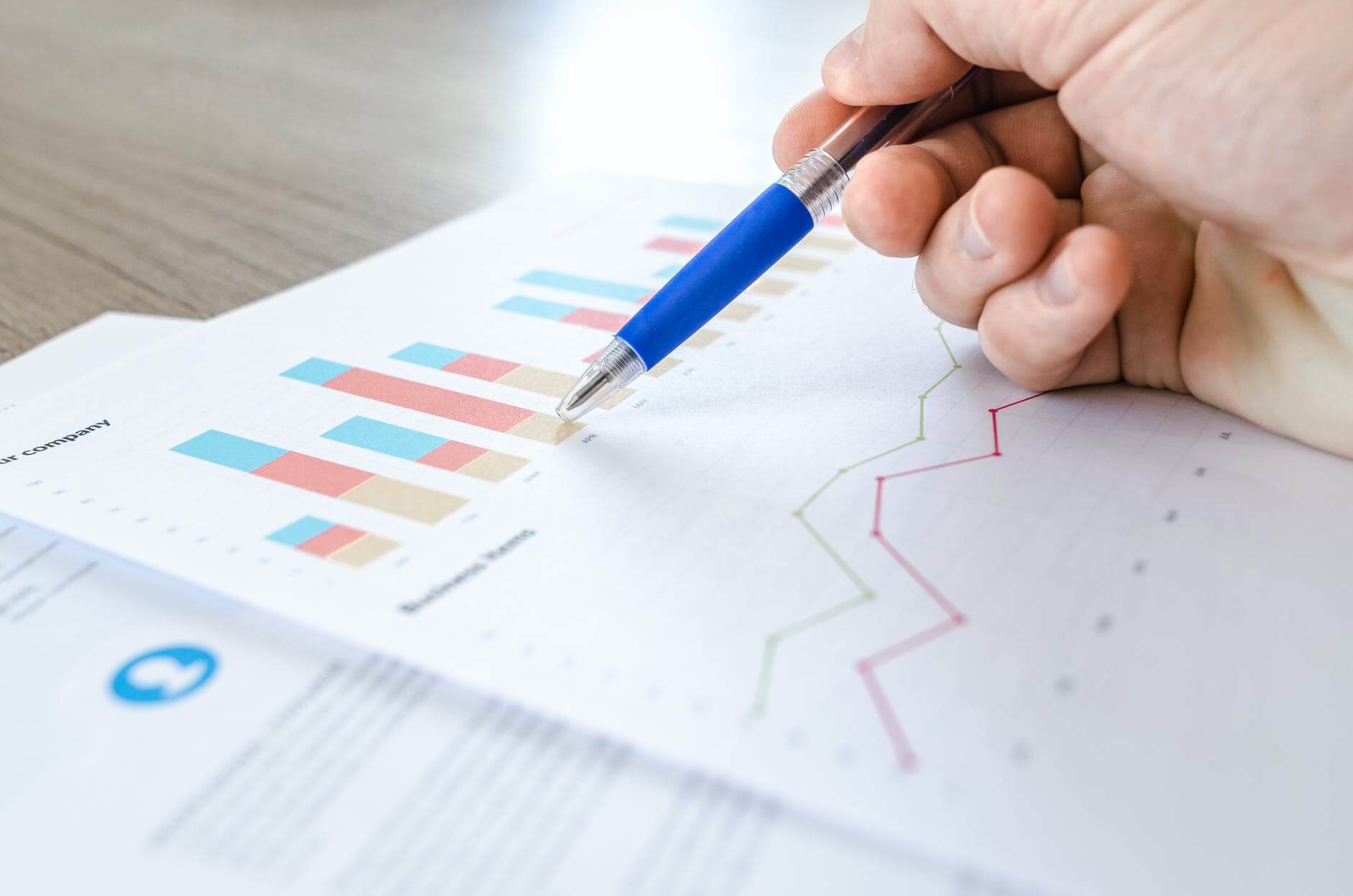

I’m always struck by the number of people who sit in front of the stock exchange monitors in my city. It’s a way of passing a time, like the trainspotters of the past. They’re not only observers; some of them are also able to detect patterns of behaviour in stocks and temporary trading scenarios, “gambling” a few euros pay for the day’s coffee. This is a bit of fun for the retired fans of the continuous market that entertains them because the pricing dynamics are constant and are subject to the global situation, hour after hour.
All traders try to adapt to the markets and their variations, just like my friends on the stock exchange do. They know what events give prices a boost and take advantage of the best circumstances for these within the adjustments of supply and demand. We do the same in stores with dynamic pricing, trying to follow the rules of behaviour set by the systems by adjusting our perception of value and price. This is what families do when travelling together on the train (off-peak hours and seats with a table at the weekend). It’s normal. You look for when the rates best suit your circumstances and make your choice. When you can know or intuit the criteria being used to modify the prices, it becomes easier to optimize the best time for your purchase.
It’s this kind of reverse engineering with dynamic prices that gives you a way to modify your behaviour. It also gives you license to even out the advantages of using systems that handle millions of pieces of data. The human being that’s good at recognising patterns can take advantage of the system’s behaviour for their own benefit, for the reasons we’ve already laid out. But, there are always those users that go a bit too far in this process, reaching the picaresque.
Dynamic pricing systems are here to stay. There’s no doubt about that. Their merits are clear and economically sound, which closes the circle. While it’s true that you must always align the characteristics of the business to the system (or systems) used, these are finding increasing acceptance among suppliers and users. Users realise that they’ve won on most occasions and that on others, they pay a bit more. However, the net sum suits them because it makes them change their behaviour so that they can enjoy a better customer experience and a better price.
Find out how Minderest can take your business to the next level.
Contact our pricing experts to see the platform in action.
Related Articles

AI Agents and Holiday Season: How to Adapt Your Pricing Strategy
Holiday season planning used to revolve around creative campaigns, emotional storytelling, and optimizing the user experience. However, a silent revolution is changing the rules of the game. The rise...
How Surveillance Pricing Works and Its Applications for Your Business
The term "Surveillance Pricing" might conjure images of corporate espionage and price manipulation. However, this initial perception hides one of the most sophisticated and powerful strategies in...